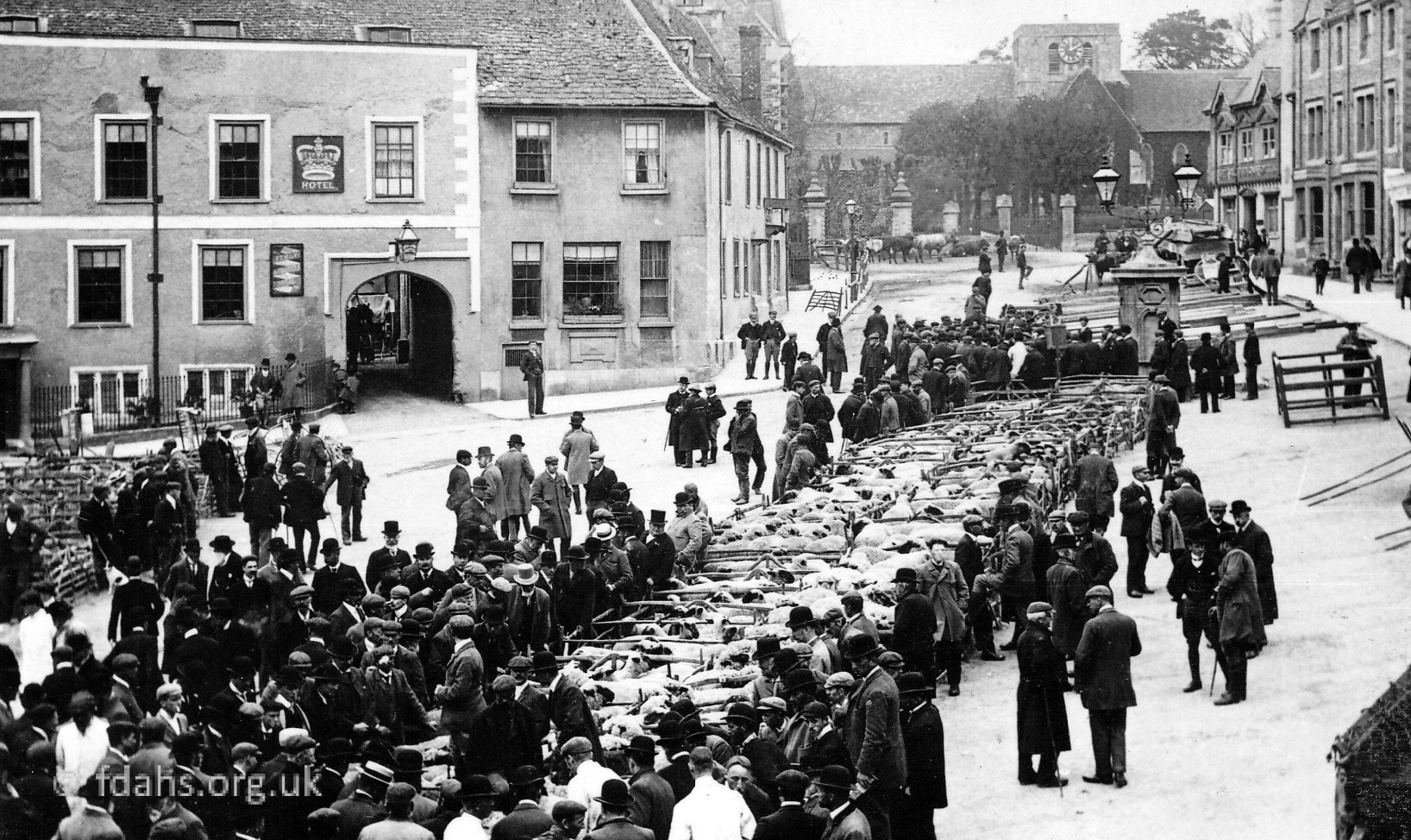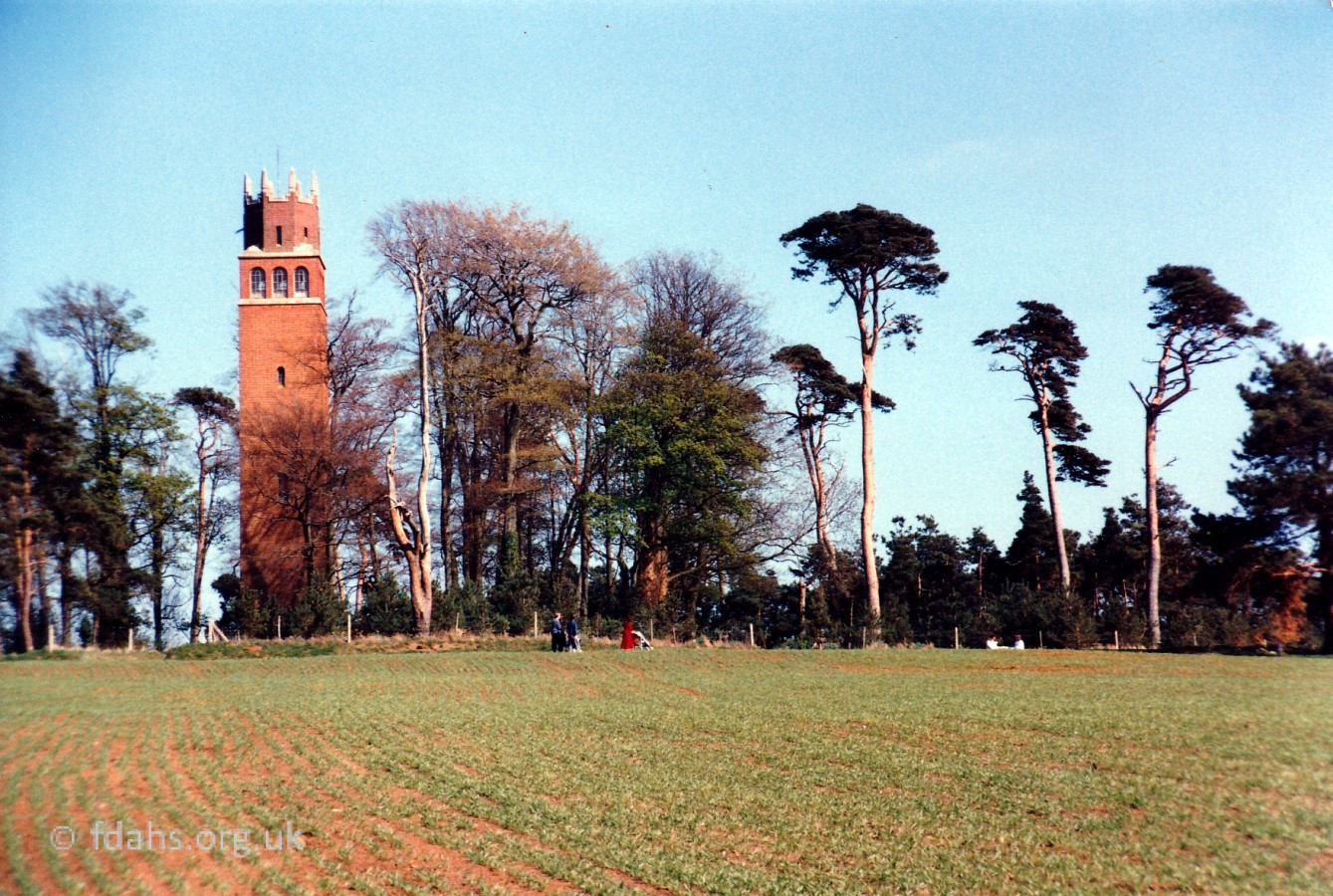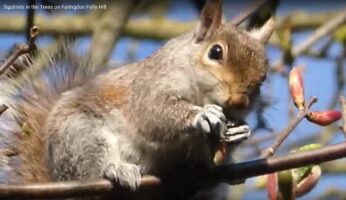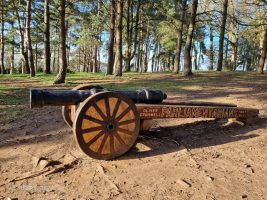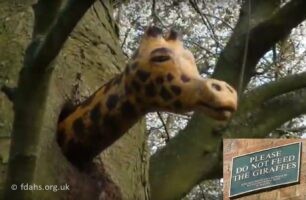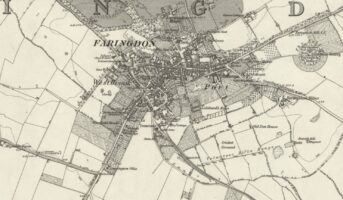
Faringdon Hill, as it was recorded in a document5 published in 1863, was also known as the Folly Hill long before the tower was built during the mid 1930s. Also, maps from 1876 and 1910 show it labelled both ‘Faringdon Hill’ and ‘Faringdon Clump’, but more interestingly the circle of trees around the top of the hill is clearly labelled as ‘The Folly’. It possibly got its name from the Norman French ‘feuille’, meaning leafy or perhaps from the earlier Saxon ‘fiæli’, meaning autumn. The hill, being clearly visible from many miles around, must have guided many a traveller throughout the ages.
The Folly Tower
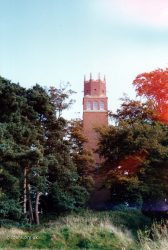 The Folly Tower is 100 feet high (a 6-storey house) and parts of six counties can be seen from its top. It was built during 1934-36 by the 14th Lord Berners (1883-1950) a wealthy and eccentric bachelor. It is the last major folly tower to be built in Britain. When questioned about the point of the tower by the planning subcommittee, Berners famously remarked “the great point of the tower is that it will be entirely useless!” It was not an entirely useless enterprise as it was built during the 1930s depression providing valuable work for the unemployed. On the door to the tower, Lord Berners put a sign that read ‘Members of the public committing suicide from this tower do so at their own risk’.
The Folly Tower is 100 feet high (a 6-storey house) and parts of six counties can be seen from its top. It was built during 1934-36 by the 14th Lord Berners (1883-1950) a wealthy and eccentric bachelor. It is the last major folly tower to be built in Britain. When questioned about the point of the tower by the planning subcommittee, Berners famously remarked “the great point of the tower is that it will be entirely useless!” It was not an entirely useless enterprise as it was built during the 1930s depression providing valuable work for the unemployed. On the door to the tower, Lord Berners put a sign that read ‘Members of the public committing suicide from this tower do so at their own risk’.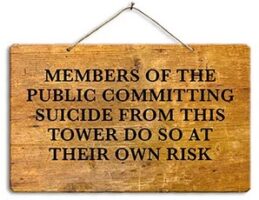
Planning application for the erection of the tower was submitted to Faringdon Rural District Council on 5 June 1934. Following loads of complaints concerning the disfiguration of a well-known landmark of historical interest, the council first begged Lord Berners to reconsider his application but then were eventually forced to formally deny permission. There were numerous objectors to the construction of the tower. One, a retired Admiral, complained in a handwritten letter that the tower “would spoil the amenities of the countryside & the view from my front drive, especially in the evening, when the setting sun shows up every detail of the trunks of the trees …“. Lord Berner’s lawyers pointed out that the tower could only be seen from the Admiral’s house if he used a telescope. The Admiral countered with the salty remark: “Of course it was only visible through a telescope; how else would you expect an Admiral to view the scenery?“. Immediately following the refusal of planning permission, an appeal was made to the Ministry of Health and finally upheld on 13th October 1934; so building work began.6,7
The grand opening together with a fireworks display was 6th November 1936 to commemorate his very handsome companion Robert Heber-Percy’s birthday. (His birthday was the previous day and “He would rather have had a horse!“). Robert Heber-Percy (1911-1987) inherited Faringdon House and estates following the death of Lord Berners and gave the tower and woodland to the town in the 1980s.
 During WWII the tower was used as an observation post by the Home Guard. A German spy was arrested there while watching activity on the Brize Norton and Fairford aerodromes, and so the tower was bricked up. For some years after the war access was allowed but, due to vandalism, the tower was bricked up again. It was restored by Mr Robert Heber-Percy (1911-1987) in 1982/83 and occasionally opened to the public. Further repairs were necessary in 1996 (photo), when the whole thing was covered with scaffolding.
During WWII the tower was used as an observation post by the Home Guard. A German spy was arrested there while watching activity on the Brize Norton and Fairford aerodromes, and so the tower was bricked up. For some years after the war access was allowed but, due to vandalism, the tower was bricked up again. It was restored by Mr Robert Heber-Percy (1911-1987) in 1982/83 and occasionally opened to the public. Further repairs were necessary in 1996 (photo), when the whole thing was covered with scaffolding.
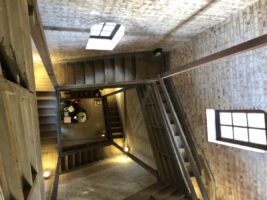 The new stairway shown here, provides a vigorous climb of 154 steps to the top of the tower. The tower is currently open twice a month; 1st and 3rd Sundays. On a fine day there will be 200-300 people that enjoy the incredible views from the top. It is also used for private bookings typically twice a week.
The new stairway shown here, provides a vigorous climb of 154 steps to the top of the tower. The tower is currently open twice a month; 1st and 3rd Sundays. On a fine day there will be 200-300 people that enjoy the incredible views from the top. It is also used for private bookings typically twice a week.
Folly Hill
The top of the hill was first the site of a Celtic ring camp, then a medieval castle that was built in c.1144 for the rightful Queen Matilda (Empress Maud). The castle was stormed and taken the following year by her cousin King Stephen during the early civil war known as ‘The Anarchy (1139–1154)‘. In digging the foundations of the tower, some skeletons were found which were dated to the period of the later ‘Civil War (1642-1651)‘. It is believed that Cromwell positioned his battery here in order to bombard Faringdon House. He certainly managed to destroy much of London Street and knock the tower off All Saints Church. After the discovery of the skeletons, further archaeological excavations by E.T. Leeds revealed a single rampart and two ditches surrounding a central keep belonging to the medieval castle. He also discovered pottery of a later period on the site.
The original Scots pines were planted by Sir Henry James Pye (1745 – 1813) in about 1790. He was considered ‘the worst Poet Laureate in English history’. He wrote ‘Faringdon Hill’ in 1774 with reference to the battle at Faringdon – ‘Contract the prospect now and mark more near Fair Faringdon her humble turret rear, Where once the tapering spire conspicuous grew, Till civil strife the sacred pile o’erthrew.’. In an ode for the King’s birthday he referred to so many allusions of vocal groves and feathered choirs that it resulted in the nursery rhyme ‘Sing a song of sixpence’.
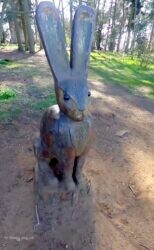
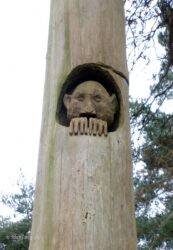 The last owner, Robert Heber-Percy helped set up the Faringdon Folly Tower Trust in 1982 and handed the tower over to the town in 1983, a few years before he died. It was in good order but there were no funds to maintain it, nor for it to be opened to the public. A small group of volunteers managed to raise some money in 1988 and the tower was opened to the public on the first Sunday of every month. The woodland covering the top of the hill and the tower are now privately owned by the Faringdon Folly Tower Trust and maintained and opened by volunteers. Since 2010 they have developed the woodland to be “a place that offers a good deal of interest and fun whether the tower is open or not”. The tower is open to the public on a Sunday, just twice a month during the summer. Among the added curiosities are a wooden cannon commemorating Oliver Cromwell in the Civil War, which points at Faringdon, plus a carving of a giraffe, a hare, and er… something else. The squirrels are real.
The last owner, Robert Heber-Percy helped set up the Faringdon Folly Tower Trust in 1982 and handed the tower over to the town in 1983, a few years before he died. It was in good order but there were no funds to maintain it, nor for it to be opened to the public. A small group of volunteers managed to raise some money in 1988 and the tower was opened to the public on the first Sunday of every month. The woodland covering the top of the hill and the tower are now privately owned by the Faringdon Folly Tower Trust and maintained and opened by volunteers. Since 2010 they have developed the woodland to be “a place that offers a good deal of interest and fun whether the tower is open or not”. The tower is open to the public on a Sunday, just twice a month during the summer. Among the added curiosities are a wooden cannon commemorating Oliver Cromwell in the Civil War, which points at Faringdon, plus a carving of a giraffe, a hare, and er… something else. The squirrels are real.
The Millennium Beacon
![]() The Millennium Beacon – The idea for the Millennium Beacon came from Peter White, local electrician. He obtained permission from the Folly Trust to erect the beacon on the tower. He also visited local businesses for sponsorship. The total cost of the beacon, £5,860, was raised by these local businesses and by money taken during the open weekends while the beacon was lit. Many people from all over the country came to see it for themselves. The beacon was visible for miles around and permission to erect it had to be sought from the various authorities concerned with aspects of safety, light pollution and aircraft control. It became an officially registered lighthouse. Unique and utterly pointless, it was the only lighthouse that couldn’t be seen from the sea.
The Millennium Beacon – The idea for the Millennium Beacon came from Peter White, local electrician. He obtained permission from the Folly Trust to erect the beacon on the tower. He also visited local businesses for sponsorship. The total cost of the beacon, £5,860, was raised by these local businesses and by money taken during the open weekends while the beacon was lit. Many people from all over the country came to see it for themselves. The beacon was visible for miles around and permission to erect it had to be sought from the various authorities concerned with aspects of safety, light pollution and aircraft control. It became an officially registered lighthouse. Unique and utterly pointless, it was the only lighthouse that couldn’t be seen from the sea.
![]()
![]() A temporary test light from a 1960’s Chieftain tank was mounted on a wooden frame with an electric motor and tilting device. This was placed on the top of the tower and Peter toured the local area to see how visible it would be. The dome was made by putting a mould round a 4ft diameter balloon, then a steel structure covered in aluminium was attached. The complete construction was 17ft tall. It was winched up the outside of the tower to the top and installed for operation on Christmas Eve 1999. The beacon used a 1,000 candle power narrow beam floodlight with the light rotating on a horizontal plane. A team of people helped with the various aspects of the venture, so special thanks go to James Forbes, Nick Foot, Chris Holley, Anthea Kemp, Marion Webb, Trevor James and his workers from Multi Agg.
A temporary test light from a 1960’s Chieftain tank was mounted on a wooden frame with an electric motor and tilting device. This was placed on the top of the tower and Peter toured the local area to see how visible it would be. The dome was made by putting a mould round a 4ft diameter balloon, then a steel structure covered in aluminium was attached. The complete construction was 17ft tall. It was winched up the outside of the tower to the top and installed for operation on Christmas Eve 1999. The beacon used a 1,000 candle power narrow beam floodlight with the light rotating on a horizontal plane. A team of people helped with the various aspects of the venture, so special thanks go to James Forbes, Nick Foot, Chris Holley, Anthea Kemp, Marion Webb, Trevor James and his workers from Multi Agg.
 The Winter Festival Beacon – Every year since the millennium, December through to March, the Tower has again become a powerful beacon of light. The colours and effects are different every year, maybe a random searchlight or giant white star.
The Winter Festival Beacon – Every year since the millennium, December through to March, the Tower has again become a powerful beacon of light. The colours and effects are different every year, maybe a random searchlight or giant white star.
Town Tribute to the NHS – In 2020, the giant white star (photo) stayed on beyond the end of March and into the following year. For a few(?) nights the tower was also bathed in blue light. A token of gratitude from the town of Faringdon for our front-line NHS staff during the Coronavirus pandemic when the whole country, and most of the world was locked down, off and on, well into the following year.
Views towards Folly Hill
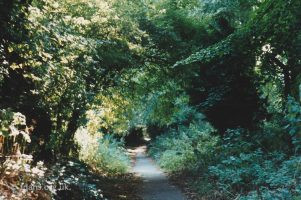
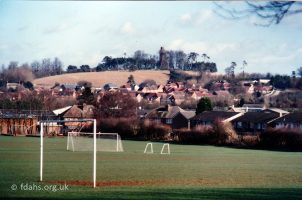
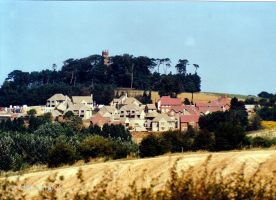
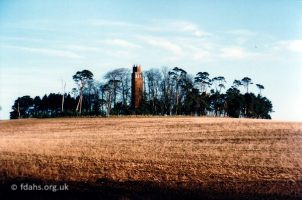

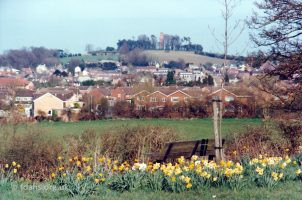
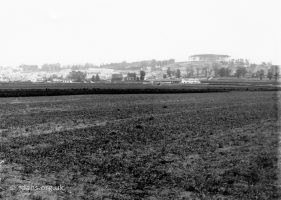
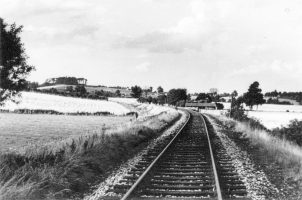
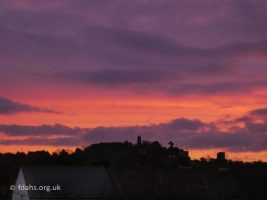
Views from Folly Hill
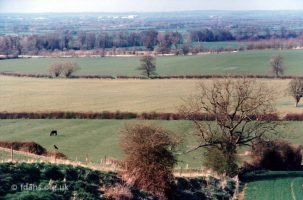
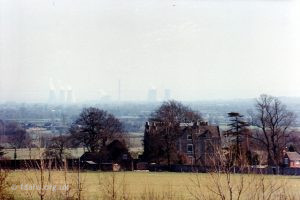
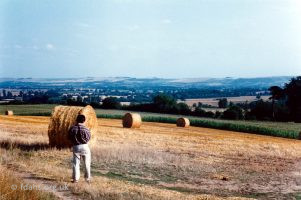
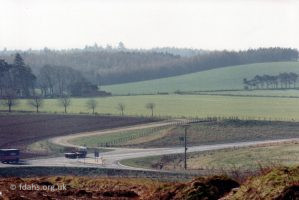
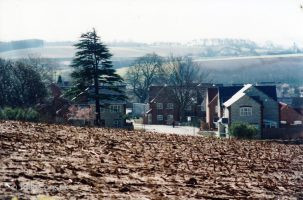
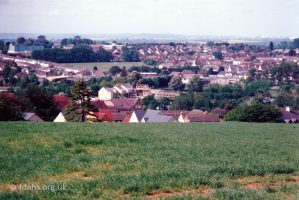
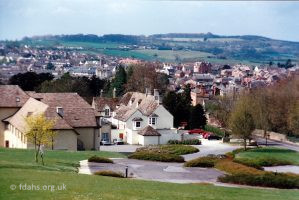
References:
- The Changing Faces of Faringdon and Surrounding Villages – Bk1 p45, Bk3 p60. By Rosemary Church, Jim Brown, Millie Bryan and Beryl Newman. Robert Boyd Publications 1999 & 2003.
- Faringdon Community Website: www.faringdon.org/folly-tower-and-woodland.html.
- Document researched and written by Peter Gale entitled ‘Sudbury House, Faringdon – A Private School in the Early 19th-century, situated within the Bailey of a Medieval Castle’. Download PDF
- The Faringdon Folly (local newspaper) June 1989.
- Directory & Gazetteer of the Counties of Oxon, Berks & Bucks (Dutton, Allen & Co. 1863)
- Curiosities of Oxfordshire – A County Guide to the Unusual by Edward Gill, p23. S.B.Publications 1995.
- Faringdon Community Website – letters relating to planning permission of the tower: www.faringdon.org/folly-tower-planning-1934.html.
Researched by Ian Lee, November 2020.
More information on the Faringdon Folly Website: Faringdon Folly Tower & Woodland
